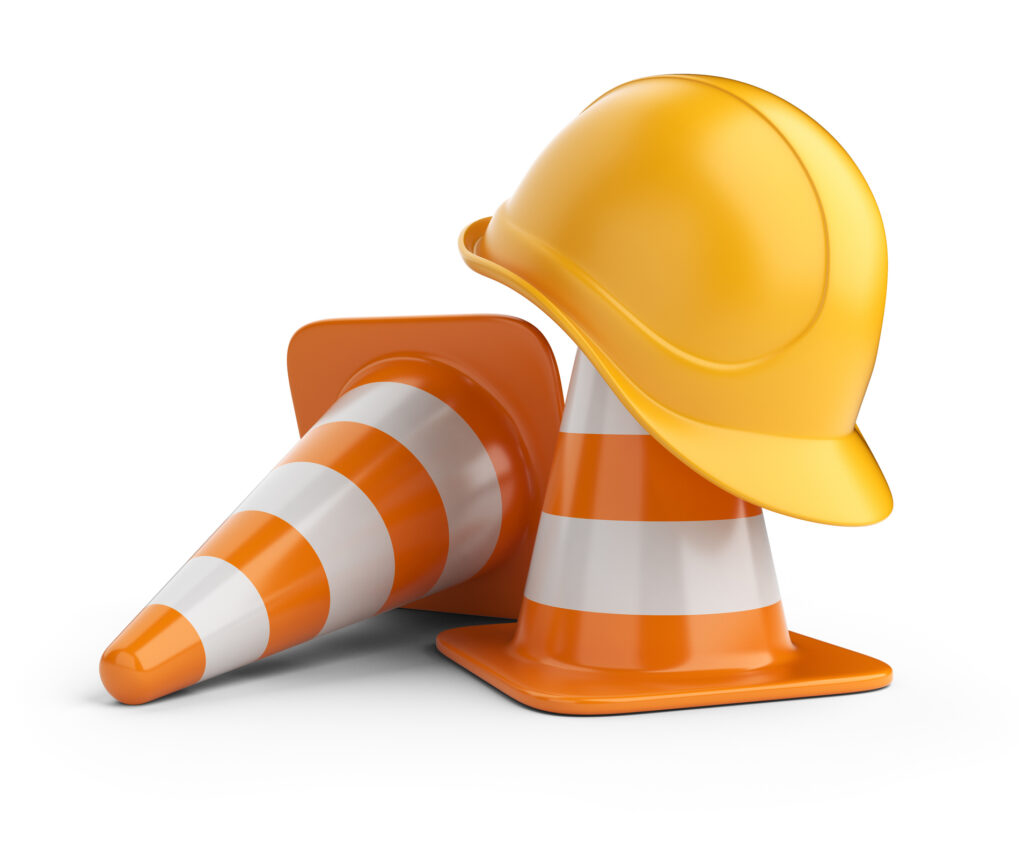
Grades 9-12
Happy EconEdMonth! Celebrate economics all month long by visiting EconEdMonth.org

Don't have an account yet? Sign up for free
Don't have an account yet? Sign up for free


The United States takes a Census every 10 years. How does the country use those statistics?
Article 1 of the United States Constitution says that a census must be taken every 10 years in our country. Ever since 1790 that constitutional requirement has been followed. In 1790 there were about 4 million people in the United States. If no census had been taken at that time, we would not know that fact today. Guess how many people live in the United States now. Did you guess around 281 million? That is what our last census tells us. What else can we find out in the census and how does our government and companies use those facts?
This information that the census provides for us with is important to companies as well as it is to us as we make decisions. The information that the census provides us is considered a government good that helps private citizens and companies. The government is able to do a census every 10 years because it has the resources to survey the entire country.
You will learn about many of the facts the census gathers in this lesson.
 Have your students pretend they work for a government agency that wants to start an English program for people who do not speak English. Have them access the U.S. Census Bureau’s kids page “Fun Facts ” and use the map to find Arizona (AZ) and Missouri (MO).
Have your students pretend they work for a government agency that wants to start an English program for people who do not speak English. Have them access the U.S. Census Bureau’s kids page “Fun Facts ” and use the map to find Arizona (AZ) and Missouri (MO).
Have them check the statistics – which state should get the program? [Arizona]
 |
Have your students use the Data Retrieval Chart provided to record their findings. |
 services for homeowners who need things fixed. They have a very successful business and they are to be are thinking about opening another store in another state. They have noticed that most of your customers are single women. Have your students look at the census information and start thinking that a state that has more women than men might be the best place to open a business. Look at these states and pick which one might be a good place for your business. Nevada (NV), West Virginia (WV), Utah (UT), and New Mexico (NM). Each of these states has about 1 million women. Based ONLY on the difference between women and men in the state, which would be the best place to open your business? [West Virginia] Of course deciding where to open a business would take a lot more research than simply a look at gender differences, but it is a start.
services for homeowners who need things fixed. They have a very successful business and they are to be are thinking about opening another store in another state. They have noticed that most of your customers are single women. Have your students look at the census information and start thinking that a state that has more women than men might be the best place to open a business. Look at these states and pick which one might be a good place for your business. Nevada (NV), West Virginia (WV), Utah (UT), and New Mexico (NM). Each of these states has about 1 million women. Based ONLY on the difference between women and men in the state, which would be the best place to open your business? [West Virginia] Of course deciding where to open a business would take a lot more research than simply a look at gender differences, but it is a start.Have your students use the Data Retrieval Chart provided to record their findings.
 |
|
|
 |
[NOTE: The students will need pencils and paper for this lesson. They may use a calculator if the teacher thinks it would be appropriate. Students should review what percentages are before reading the graphs.]
The census is important to everybody in deciding where money is to be spent. Government, business and citizens need to know where people are for different reasons.
To find out more about how the census is used, access the U.S. Census Bureau’s kids page “Why Counting Counts ” again, and read the next two pages.
Have your students try to test their knowledge about the census by accessing U.S. Census Bureau’s kids page Take a Quiz. They will be able to take an easy quiz or a hard quiz. Good luck!
Have your students pretend that they work for the Head Start Bureau in the U.S. Department of Health and Human Services. They are researching states that need money to help begin Head Start schools. Head Start schools are preschools (or pre primary schools) for lower income families. Have your students pick two states with about the same population and report the differences that might be helpful in selecting one of the two states. Which state gets the Head Start money? HINT: The housing units without phone service may give you a clue about the income level. Write a paragraph about what the differences are and why the state you chose should get the Head Start money.
[Although answers will vary, probably the important differences will be found in the AGE category for children under the age of 5, under the SCHOOL ENROLLMENT category for Pre primary School, and under HOUSING CHARACTERISTICS for housing units with no phone service. There are other answers, too, especially if the student makes a case for considering the number of people who speak a language other than English.]
Using only the Census facts sheet to support their answer, explain why farm supply stores would have a difficult time running a business selling seeds, feed, and farm animals in Washington, D.C.
[Zero farm families are reported living in D.C.]

Grades 9-12

Grades 9-12

Grades 9-12

Grades 9-12
